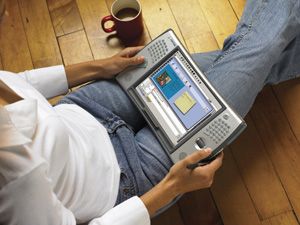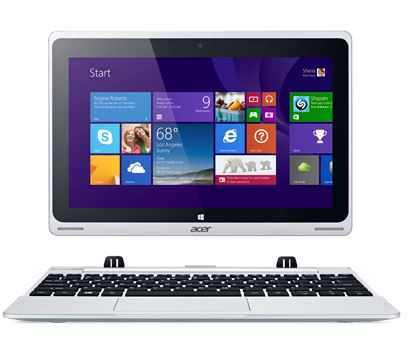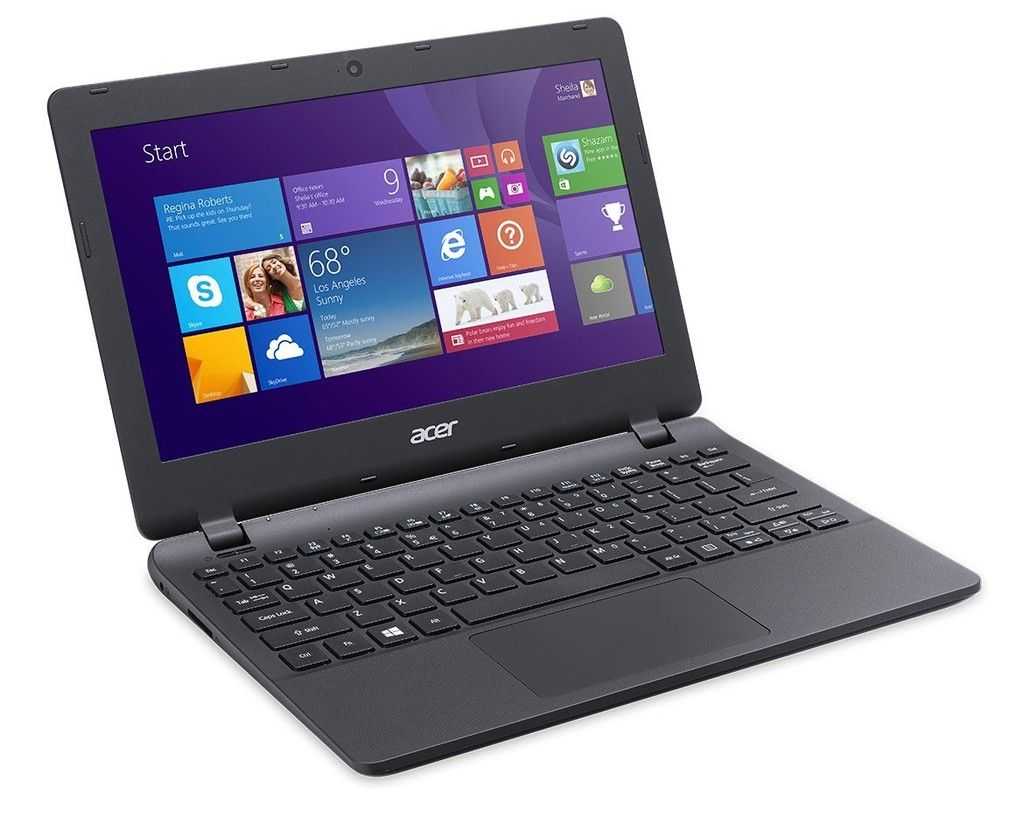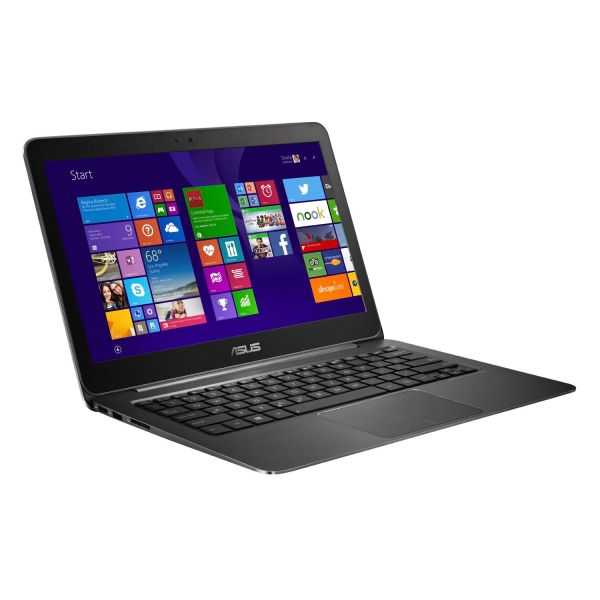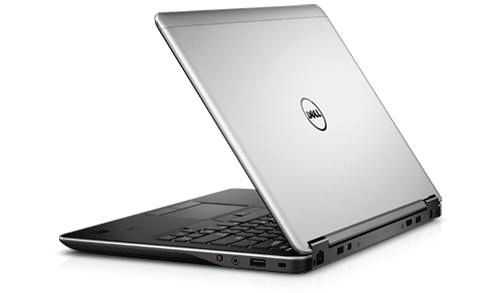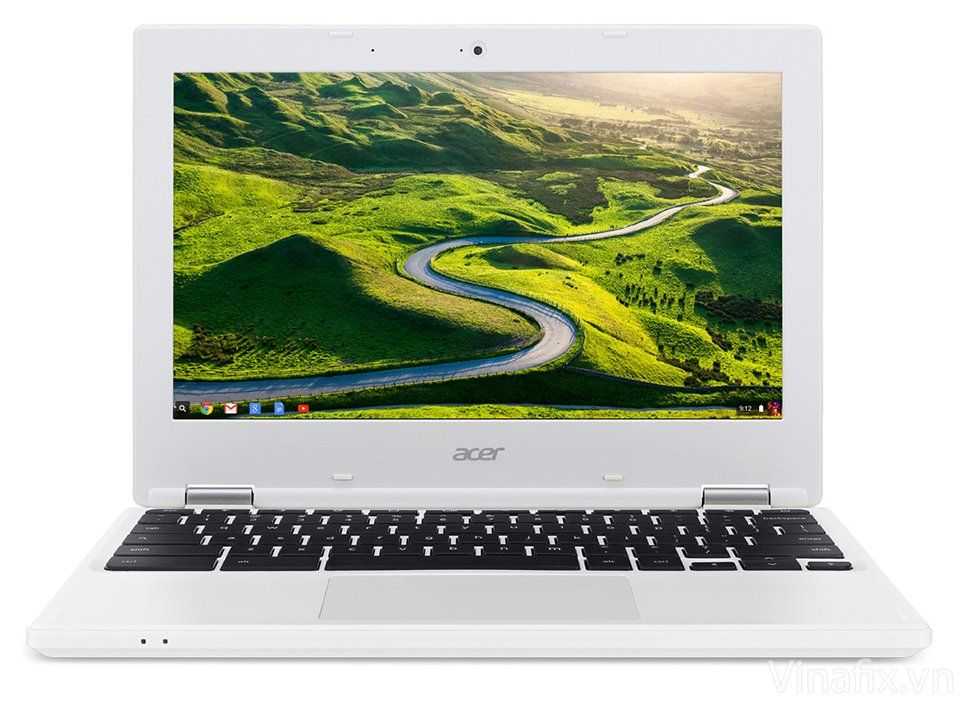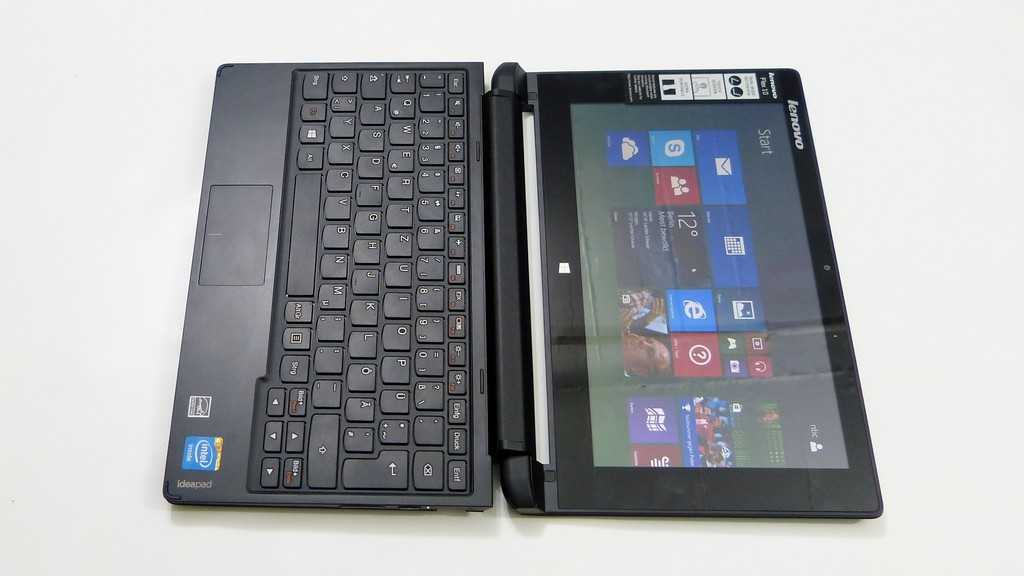Previously I mentioned a number of devices I thought were looking good in the Carrypad space.
Full reviews are all over the internet so I don’t need to do this again but it would be interesting to see if anyone has hit the right specification yet.
OQO.
Technicaly, this one is nearest the mark. Size-wise its perfect. Its got the keyboard and the screen right. Apart from GPS, the communications devices are perfect. These guys know there’s no competition and thats why its priced at 1600-1800 Euros!! One thing thats probably put this price up is the Windows XP software and the 512MB min requirement for memory. This seems overkill to me.
Pepperpad.
This is a better match in theory although the keyboard is way to simple. Its a thumbpad job. The unit is also too big. Would probably fell like holding a etch-a-sketch. However, the rest of the spec is spot on. Good performance Xscale processor. Linux operating system (could attract a lot of open-source porting of software)
Nokia 770.
I got very excited about this device to start with. The screen and connectivity options looked perfect. Until you find out that its got a rather weak ARm-compatible Ti-Omap that doesnt look like it will get about 500kbps of divx, let alone the 1mbps needed for a reasonable 320×240 25fps experience. No keyboard and no pim software too. The 350 Euro price tells us something about where its marketed and that could be that its a test-device. Nokia have already announced that they might release new hardware with a keyboard. If they address the processor issues, they could be spot on. I’ve recently read about Naviflash – a commerical Navigation product built on Linux over Xscale so there’s potential even for decent nav software.
Fingers crossed for this one. For me its Nokia against Apple at the moment.
Flybook.
More a mini-laptop than anything else. Its a nice device but its too big and again its running windows XP (or Linux I guess) and it needs 512MB ram. Its as expensive as the OQO and too big for our specs too.
Sony U50
Way way too expensive but they’ve got that lifestyle factor right. Missing is the keyboard but for that price, I dont think theyre interested in the mass-market that we’re talking about for the Carrypad.
Dualcore.
This again seems to be a niche product. Dual-boot with two processors. I’m not sure really where they’re aiming at here. Its even got mobile radios built in (GSM and GPRS) so I dont expect this to go anywhere near Carrypad territory.
Sharp Zaurus SL range.
More a pocket-pc with keyboard than a carrypad. The Zaurus SL range runs a Linux operating system with the recent models using an ARM-based processor. The Zaurus is currently only available in Japan. The disadvantages are: small 4″ screen, 640×480 screen size in the latest models and a 400mhz Xscale processor. Its in the category of pocketpc-with-keyboard in my opinion and with the small screen and processor, doesnt really reach into carrypad territory.
Vulcan Flipstart.
This one looks pretty cool. Specification-wise it looks to match up to OQO territory. So that means Windows XP and the full memory and processor requirements of the operating system. As I write, this device is not available and there’s no pricing yet.
And thats it at the moment.
Nothing actually matches up to the Carrypad specification yet. Everything is either too big (pepperpad, flybook), too over spec’d (OQO, Flipstart, flyboox, U50, Dualcore) or too under spec’d (770, Zaurus.)
Keep an eye on Nokia though. My money is on them to come up with the first Carrypad device!


